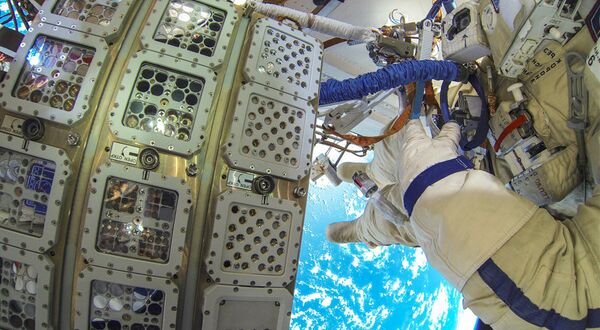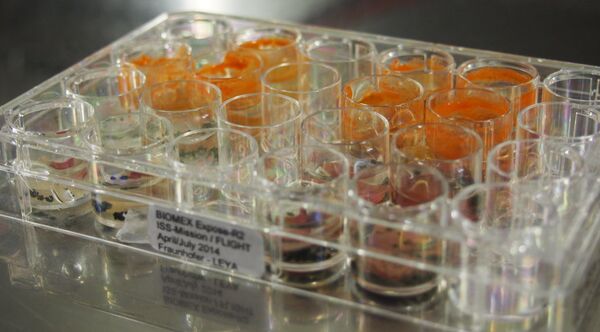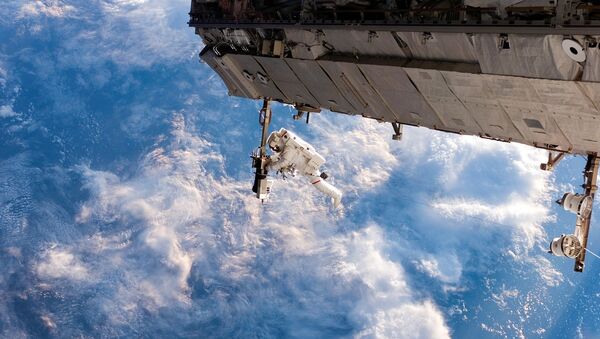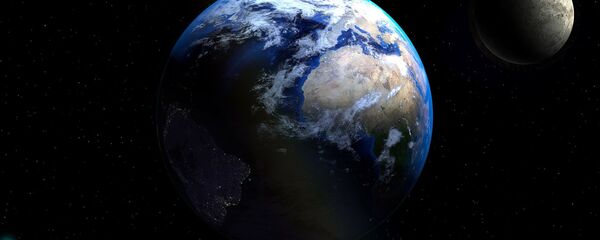The experiment looked to see if algae could spend two years on the outside of the ISS. The algae, which were of the Sphaerocystis species, spent 530 days on a panel outside the space station.
The organisms were subjected to harsh temperature fluctuations, ranging from —20 °C at night to 47.2 °C during the day. They were also subjected to perpetual ultraviolet radiation, which would destroy most life on Earth if not filtered out by the atmosphere.
Researcher Dr. Thomas Leya of the Fraunhofer Institute for Cell Therapy and Immunology helped to organize the algae experiment. Dr. Leya said that many kinds of plants have been on the ISS before, however not on the outside — and this is the crucial factor.
"As far as I know, this is the first report of plants exposed on the surface of the space station," Dr. Leya said in a recent interview.
After 16 months, Dr. Leya discovered that the algae had survived on the exterior of the ISS despite the extreme temperatures, the vacuum of space, as well as the considerable UV and cosmic radiation.

When inactive, these algae develop thick walls and become orange cysts, rich in protective carotenoids — the substances that give carrots their color. However when seasonal rains arrive, they rapidly resume making chlorophyll and turn green again.
"If you give them water, the cysts germinate and revive," says Leya. The strain of algae that was chosen for the experiment was CCCRYO 101-99, chosen by Dr. Leya because of its ability to withstand extremely low temperatures.
"These algae had been desiccated before they went into space, and during their time on the ISS they were kept dormant, with no growth, no development and almost no metabolism," Rene Demets of the European Space Agency said.

"But the experiment shows that some terrestrial organisms are robust enough to cope with months of exposure to open space conditions without a space suit," Demets added.
Researchers at the Technische Universitat Berlin and the German Aerospace Center (DLR) will scrutinize the algae, studying its DNA to determine whether it was damaged and, if so, to what extent.
The results also provide insights into the possibility that food could be produced on Mars, as algae produce oxygen and proteins.



